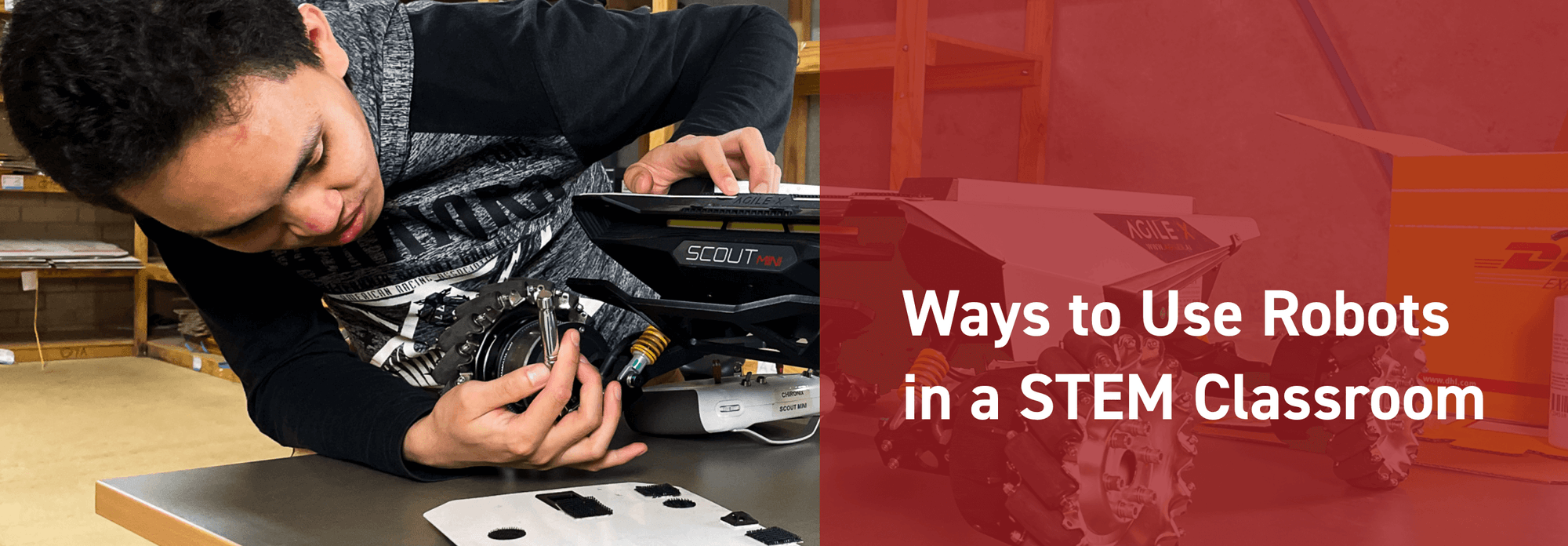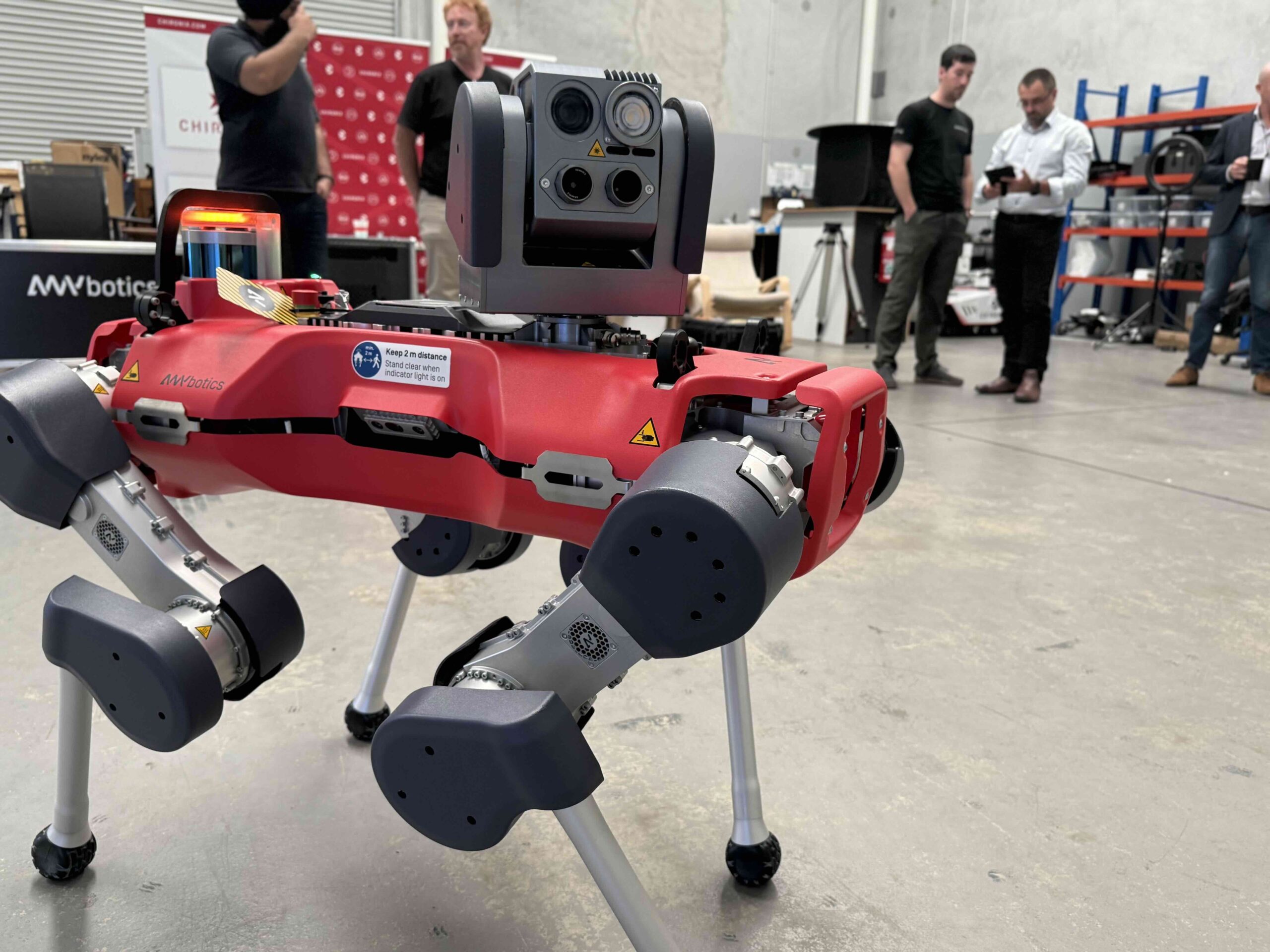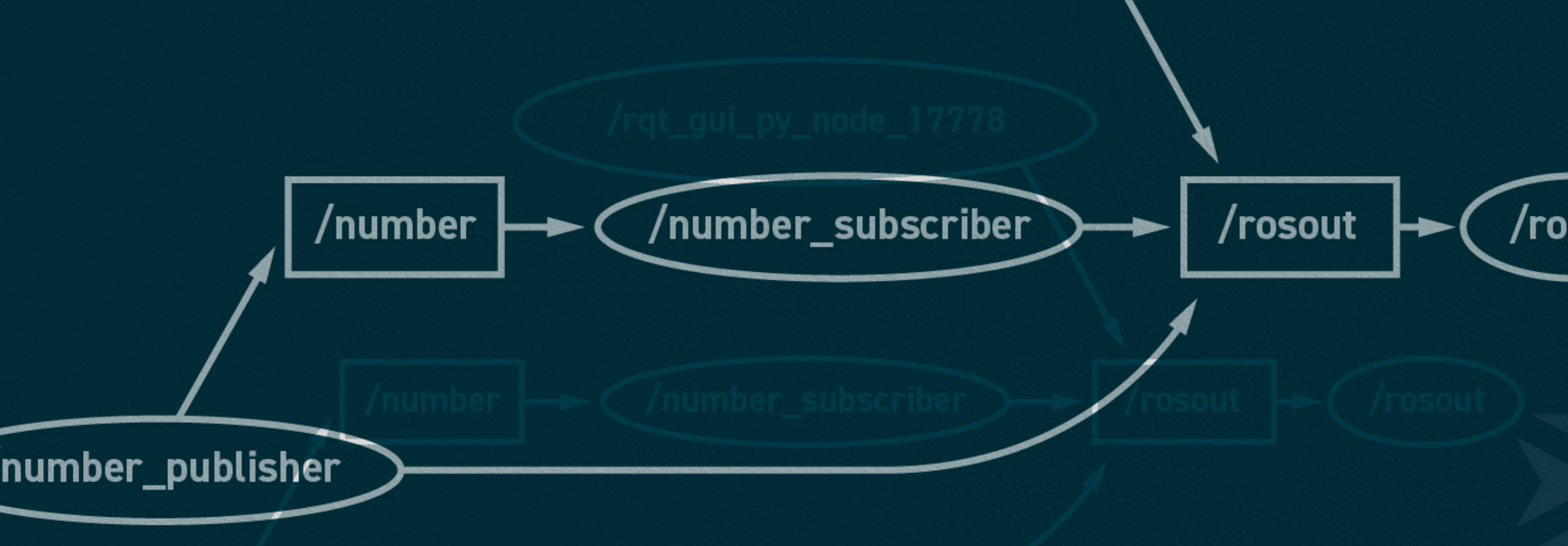Students must be exposed to the most effective skills and strategies to advance with technology, developing initiative, collaboration and flexibility between subjects. This will allow those with a passion in STEM to reach their greatest potential, and those without a passion to have access to more exciting ideas and opportunities to get them interested.
Global studies convey concern that neither students nor the country can keep up with the rapid pace of progress if they do not acquire the sophisticated skills necessary to succeed in the jobs of the future. After hearing these arguments, educators may feel discouraged about their ability to help students become even more proficient in STEM subjects.
Everywhere we look, robots are becoming more and more common, from the workplace to the home and eventually even the STEM classroom. Although robots have only recently been used in the classroom, many experts believe that this will change within the next decade.
Ways to Use Robots in a STEM Classroom
Robotic projects allow students to study a plethora of different STEM topics, such as computer logic and motion in physics. Their impact has been so profound that some governments are contemplating making robotics education mandatory for all students from elementary school through to high school.
All STEM teachers should think about incorporating robots into their lessons, even if doing so isn’t absolutely necessary in every discipline.
What makes robots such a good learning resource in comparison to other educational tools and technologies? Some examples are listed below.
Robots to Engage Students
Robotics involves implementation of projects that incorporate educational studies, and most students would agree that seeing theoretical work have a physical outcome is engaging when compared to abstract learning in the fields of mathematics and science. Having the opportunity to work with one’s hands to create, modify, or repair robots is a unique and enriching learning opportunity.
According to a study conducted by YouthSurvey, Only 59% of middle school and 60% of high school students feel engaged in class. Unfortunately, only about half of all students are generally excited about attending class. In order for children to learn, educational settings must be made more engaging. Robots, which are both interesting and tangible, give them the interaction they crave, so training in robotics is essential.
Working with robotics gives students a chance to see the results of their efforts in a real-world context. Aside from that, it’s just plain exciting to work alongside robots, like the ones they see in the movies and on TV. Building actual machines is, almost universally, seen as more interesting than studying mathematical formulas.
Robots to Cover Multiple Subjects and Disciplines
The fact that robotics encompasses a wide range of disciplines also makes them a valuable tool for teaching STEM subjects. The fact that a robot’s construction necessitates expertise in fields as varied as engineering and computer science contributes to the impression of complexity that these machines engender. Although this may seem like a drawback, the very complexity makes them so effective as a learning tool.
Undertaking a robotic project can cover many fields. As such lesson plans can tackle different progression milestones in the project. For example, outlining intended outcomes, physical design, electrical circuits, and computer programming. This can be altered in complexity across different educational levels to engage students of all ages and all abilities. The possibility when considering lesson planning is highly extensible. Nothing happens in isolation outside of the classroom. It’s all interrelated. Students who get experience working with robots gain a better understanding of the interconnectedness of various scientific disciplines. Robots can show them how to effectively juggle multiple responsibilities at once in everyday life.
Demonstrate Practical and Real-Life Situations
Robotics in the classroom is a great way to demonstrate to students how important STEM concepts can be applied in real-world situations. Some students may grasp the concepts better if they can picture them being used in practical situations. This real-world relevance has the potential to bring abstract ideas down to earth and liven up otherwise dull classroom discussions.
The definition of learning is to make mistakes and correct previous logical decisions. Robotics is a great field to experiment and test different approaches to challenges and learn from either ideal or non-ideal outcomes. Foundational theories such as those in electronics can be very abstracted on paper, but when explored in a physical sense will be understood and remembered. For instance, creating a circuit and applying to greater current or voltage from a supply will cause components to fail, or worse, combust.
In the classroom, students can see the relevance of the concepts they are learning through hands-on experiences. They provide an opportunity for students to put their knowledge to use and instruct them in future applications. This practical, applied approach to STEM education will set them up for success in a STEM classroom.
Promote Creativity
One of the most undervalued aspects of STEM is creativity, and robots are the perfect way to encourage its development. Students will have to think outside the box to overcome challenges in the STEM fields if they enter these fields as professionals. Robots are a great way to encourage creativity and innovation in the STEM fields because they encompass such a wide range of skills.
In the business world, robotics are often implemented as an innovative answer to a pressing issue. Teachers in the STEM fields can replicate this experience by setting students a problem that they must solve using robots. Challenges to building the most efficient robot for a specific task encourage students to apply their knowledge creatively.
According to Google’s analysis of the eight most important traits of their top employees, hard STEM skills ranked near the bottom. Imaginative problem-solving and other “soft” skills dominated the list of top seven success factors. Robotics is a great way to help students develop the skills they’ll need for future success in the STEM fields.
5 Reasons to Teach Robotics in School
Effective Way To Introduce The Basics Of Programming
Young students may struggle with the complexity of programming. Using robotics to teach students how to code is one of the simplest ways to do so. Learning how to code is one of the best investments a student can make because it opens doors to high-paying careers after graduation. Students get a firsthand look at the robot’s capabilities as they work to program it.
This is a great way to have fun while teaching them the skills they’ll need to write clear and effective instructions for others.
The integration of STEM can be better understood by students when robotics is taught in the classroom.
Increases Creativity
STEM centres often stock educational kits for students to learn robotics through production. In this activity, students build robots that carry out programmable tasks.
Robotics is an innovative field because it merges art with science and technology. Students’ ability to retain STEM knowledge improves when they have opportunities to build interactive robots.
Makes Them Future Ready
All of us are aware that a strong foundation in STEM subjects at a young age is crucial for a variety of promising future occupations. Rapid progress is being made in the field of robotics. This expanding sector of the economy is in need of trained professionals who are well-versed in robotics and have the creativity to generate the ground-breaking ideas essential to the sector’s continued success.
Including robotics in the classroom helps students gain an interest in the field and develop skills that are in demand in today’s workplace.
Promotes Innovation
Constructing and programming a robot is a laborious process. It will take some time for most students to get a handle on robotics. However, the school’s ongoing instruction in robotics theory helps channel their imagination.
Best of all, Robotics impart invaluable life lessons of tenacity and determination. When they see the final result, they appreciate all of their efforts. More than that, it shows them how to keep going when things get tough and how to figure out creative solutions.
Simplify a Complex Technology
Recent media coverage has centred on a report calling for the United Nations to outlaw drones and so-called “killer robots.”
The Committee for Economic Development of Australia also released a report expressing concern that robots might replace 40% of Australian jobs by 2025, or about 5 million jobs in the next two decades.
The best way to address fears about robots is to learn more about the technology itself. Attempting to construct and program robots provides insight into their potential and advantages.
Chironix Robots for Budding Roboticists
Just like how computers became a household belonging in the 70s & 80s, robots are all set to make their way commonly into the lives of amateur developers who want robots to solve everyday challenges in their lives.
Chironix robots for education serve as an excellent base for beginner-friendly experimentations at home as they run exclusively on ROS, and can support like modules like Turtlebot 4 and Limo that are great for hobbyists.
Using Turtlebot 4, a robot can be programmed to move autonomously, avoid obstacles, move objects from one place to another — meaning you can program it or modify it to perform tasks such as moving items from one place to another, stocking boxes in the attic, fetching you items from the kitchen & much more. Because Turtlebot 4 is a mobile base, it’s easy for even amateur developers to program.
Similarly, our educational platforms can support Limo — a ROS-based multi-modal car. It is ideal for both advanced learners & novice programmers as it allows them to use ROS1 & ROS2 coding languages to perform functions, such as: navigation, obstacle avoidance, path planning & more.
Experimenting with these can help learners channel their creativity & problem solving skills to find practical applications for these open-source softwares in both personal & commercial environments.
Conclusion
As the pervasiveness of technology expands, so too does the importance of the STEM disciplines. Now more than ever, it is essential that students receive a strong STEM education, and robotics is the perfect teaching tool to accomplish this goal.
A wide variety of skills and concepts can be learned in a fun, user-friendly, applicable, and scalable manner with the help of these machines.
But above all, teachers & robots need to work in a team to solve complex problems in environments, such as a STEM Classroom, as both bring unique abilities to the table.
At Chironix, our mission is to create autonomous teammates of the future that can work seamlessly beside human beings to power up STEM classrooms. Get in touch today!



